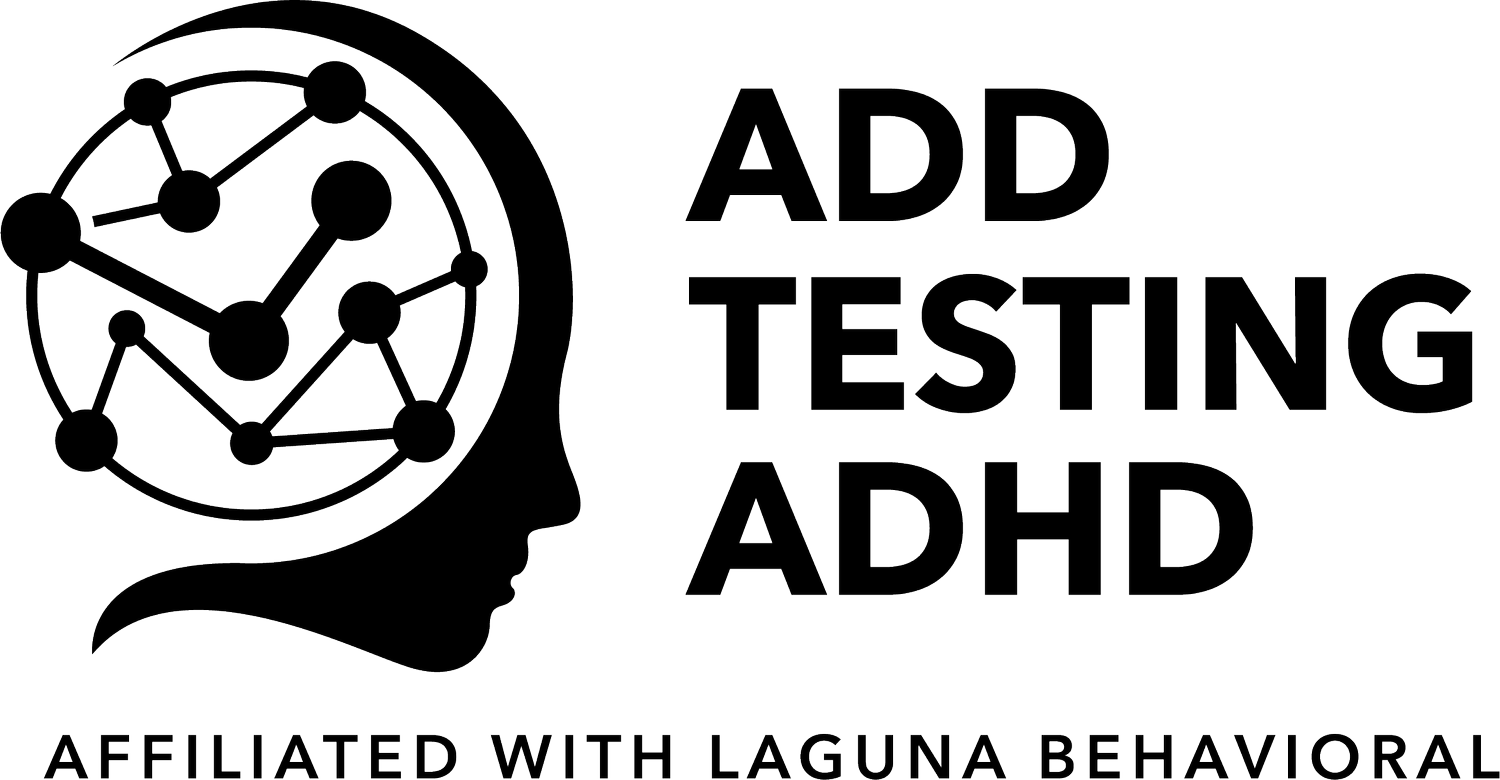Unveiling the Complexities of Neurology: A Deep Dive into Testing for Traumatic Brain Injuries
The realm of neurology stands as one of the most intricate and fascinating fields in medicine. Within this multifaceted domain, the assessment and diagnosis of traumatic brain injuries (TBIs) present a particularly challenging endeavor. TBIs can result from a range of causes, such as accidents, sports injuries, and assaults, and they often lead to intricate neurological disturbances that necessitate careful evaluation. This blog post delves into the complexities of neurology by exploring the methods and tools used to test for traumatic brain injuries.
A traumatic brain injury refers to damage to the brain caused by a sudden and forceful impact. Such injuries can result in a wide spectrum of physical, cognitive, and emotional impairments, depending on the severity and location of the damage. The intricacies of TBIs necessitate precise and comprehensive testing methods to diagnose and manage these conditions effectively.
Neuroimaging techniques have revolutionized the field of neurology, enabling clinicians to visualize and analyze the intricate structures of the brain. Techniques such as computed tomography (CT) scans and magnetic resonance imaging (MRI) provide detailed images of the brain's anatomy, enabling clinicians to identify structural abnormalities resulting from TBIs. These imaging tools are crucial in assessing the extent of damage and guiding treatment strategies.
In addition to structural imaging, functional brain imaging techniques offer valuable insights into the functional consequences of TBIs. Positron emission tomography (PET) and functional MRI (fMRI) allow researchers and clinicians to observe brain activity patterns, helping to identify regions that may be underactive or hyperactive due to injury. By understanding these alterations in neural activity, healthcare professionals can tailor rehabilitation plans to target specific areas of impairment.
Neuropsychological assessments play a pivotal role in evaluating the cognitive and behavioral effects of TBIs. These assessments encompass a battery of tests that measure cognitive functions such as memory, attention, language, and executive functioning. By comparing an individual's performance to normative data, clinicians can identify cognitive deficits indicative of brain injury. The American Psychiatric Association's "Textbook of Traumatic Brain Injury" emphasizes the significance of these assessments in providing a comprehensive understanding of a patient's cognitive status.
Recent advances in neurology have led to the exploration of biomarkers as diagnostic tools for TBIs. Biomarkers are measurable substances that indicate the presence of a specific physiological or pathological condition. In the context of TBIs, biomarkers such as certain proteins or molecules found in cerebrospinal fluid or blood could potentially serve as indicators of brain injury severity. The field is actively researching these biomarkers to develop objective and quantifiable methods for diagnosing and monitoring TBIs.
Despite the significant progress in neurology and TBI assessment, challenges persist in accurately diagnosing and predicting outcomes for individuals with brain injuries. The heterogeneity of TBI presentations, the intricate interplay between structural and functional changes, and the complex nature of neural recovery all contribute to the complexity of TBI diagnostics.
Navigating the landscape of neurology and traumatic brain injury assessment is an ongoing journey filled with both remarkable discoveries and persistent challenges. Neuroimaging techniques, functional brain imaging, neuropsychological assessments, and emerging biomarkers collectively contribute to a multifaceted approach to TBI diagnosis. As the field continues to evolve, collaboration between clinicians, researchers, and technologists will undoubtedly unveil new avenues for understanding, diagnosing, and effectively treating traumatic brain injuries, ultimately improving the quality of life for individuals impacted by these conditions.
DISCLAIMER: THIS BLOG POST IS BASED ON THE APA ARTICLE MENTIONED AND IS INTENDED FOR INFORMATIONAL PURPOSES ONLY. IT DOES NOT SUBSTITUTE PROFESSIONAL ADVICE OR DIAGNOSIS. IF YOU HAVE CONCERNS ABOUT AUTISM OR ACCESS TO CARE, PLEASE CONSULT WITH A QUALIFIED HEALTHCARE PROFESSIONAL FOR A COMPREHENSIVE EVALUATION AND PERSONALIZED GUIDANCE.